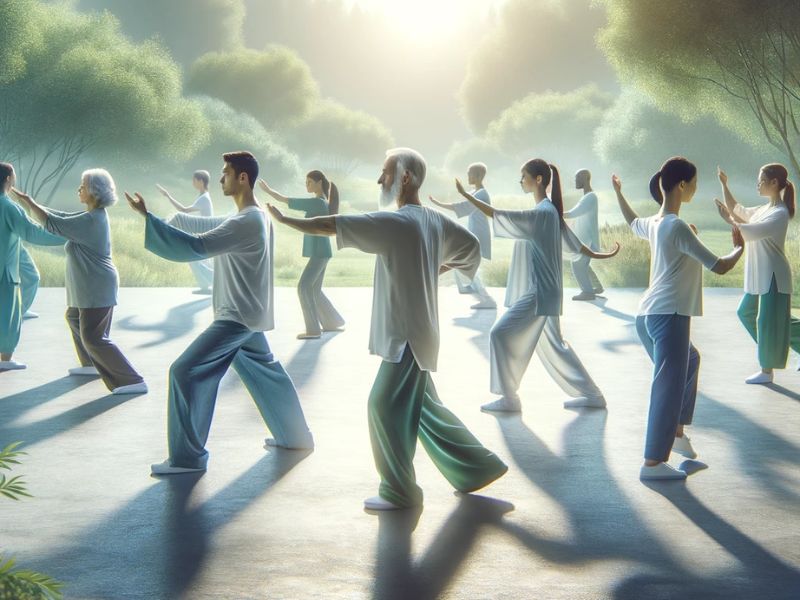
Martial Arts and Tai Chi: Allies Against Back Pain
Discover how these ancient disciplines can alleviate pain
Tai Chi: An Ancient Remedy for Back Pain
Tai Chi, a Chinese martial art practice, has proven to be an effective option for treating back pain. This discipline combines slow and meticulous movements with deep breathing and mental concentration, offering gentle exercise through stretching and fluidity of motion. Its low-impact nature makes it safe for most people, regardless of age or fitness level. Tai Chi strengthens abdominal and pelvic muscles, improves balance and flexibility, and enhances postural awareness. It was included in the 2017 guidelines of the American College of Physicians as a recommended treatment for chronic back pain, demonstrating beneficial effects on pain reduction and functional improvement.
Benefits Beyond Pain Relief
In addition to relieving lower back pain, regular Tai Chi practice can lead to other health benefits such as stress and anxiety reduction, mood improvement, and better sleep quality. These effects are particularly beneficial for people with arthritis and other chronic conditions. Tai Chi practice is accessible and versatile, and it can be done individually or in a group, outdoors or indoors, without the need for special equipment.
Mechanism of Action of Tai Chi
Tai Chi teaches proper spinal rotation, strengthening the stabilizing muscles that support correct posture and providing relief from stress, which is crucial in healing from injuries. Regular practice helps retrain how one moves and maintains posture, replacing habits that cause pain with new ones that promote back health. Tai Chi not only alleviates back pain but also helps maintain the benefits obtained from other treatments such as physical therapy or acupuncture.
Tips for Beginners and Precautions
Before starting any new exercise practice, it’s always advisable to consult a physician, especially if you have back pain or other health conditions. For those interested in exploring more traditional martial arts, it’s essential to talk to the instructor and more experienced students to understand proper movements and minimize wear and pain. Adaptation and customization of movements are crucial to prevent further injuries.


